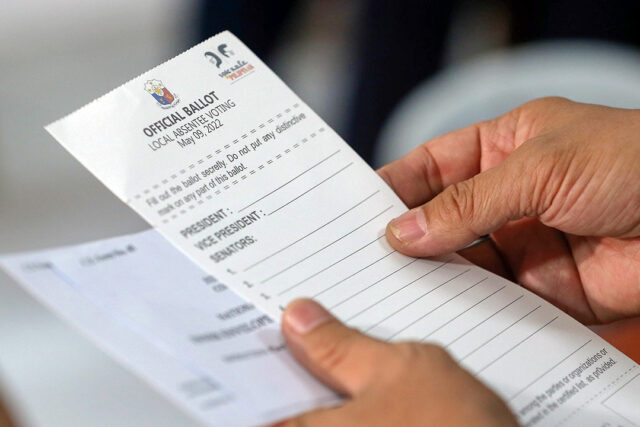Solheim Cup
There were no ties in the first two days of the Solheim Cup, as much a reflection of the resolute spirits of both sides as of the vagaries of golf. Still and all, the United States wound up with a commanding 10-6 lead heading into singles play. Europe’s slow start proved disastrous to its cause; the Day One morning and afternoon sessions produced 3-1 slates that highlighted the strengths of Captain Stacy Lewis’ unflinching reliance on data analytics to determine pairings. And even though Day Two proved to be a wash, the advantage was forged.
Interestingly, Lewis’ plan to inject science into the competition produced mixed results last year; it may have produced a 14-14 finish, but the trophy remained in Europe’s hands given the built-in equity of the incumbent. Still, there was reason to be optimistic; the score was the highest for the US since it claimed the Cup in 2017. The fact that the biennial meet was slated to be held at the Robert Trent Jones Golf Club in Gainesville, Virginia likewise provided no small measure of optimism. The pluses of retrofitting the layout to favor the tendencies of stalwarts of the red, white, and blue — along with playing in front of partisan fans — were not lost on the hosts.
Needless to say, Day Three for the US involved keeping its date with fate and ultimately ensuring its celebration. Yet, for a while there, it looked hard-pressed to live up to expectations. World Number One Nelly Korda faltered in the leadoff spot, triggering an afternoon of anxiety for Lewis. Meanwhile Europe counterpart Suzann Pettersen held out hope for a remarkable comeback. Six set-tos later, however, it became evident that the projected outcome was a matter of when, not if. World Number Two Lilia Vu’s tap-in birdie on the 18th for a half-point formalized the victory.
In retrospect, it was, perhaps, wishful thinking on the part of Europe to think it could upend the US given its intrinsic frailties. The final tally, a 12.5-15.5 defeat, marked the biggest difference between the contenders in seven years. That said, it deserves props for its refusal to accept defeat until the end. And, certainly, it can find solace in its apparent capacity to keep pace in singles; as in the 2019, 2021, and 2023 stagings, it managed to do at least as well on Day Three, its underdog status notwithstanding. Which is to say 2026 can’t happen soon enough.
Anthony L. Cuaycong has been writing Courtside since BusinessWorld introduced a Sports section in 1994. He is a consultant on strategic planning, operations and human resources management, corporate communications, and business development.













